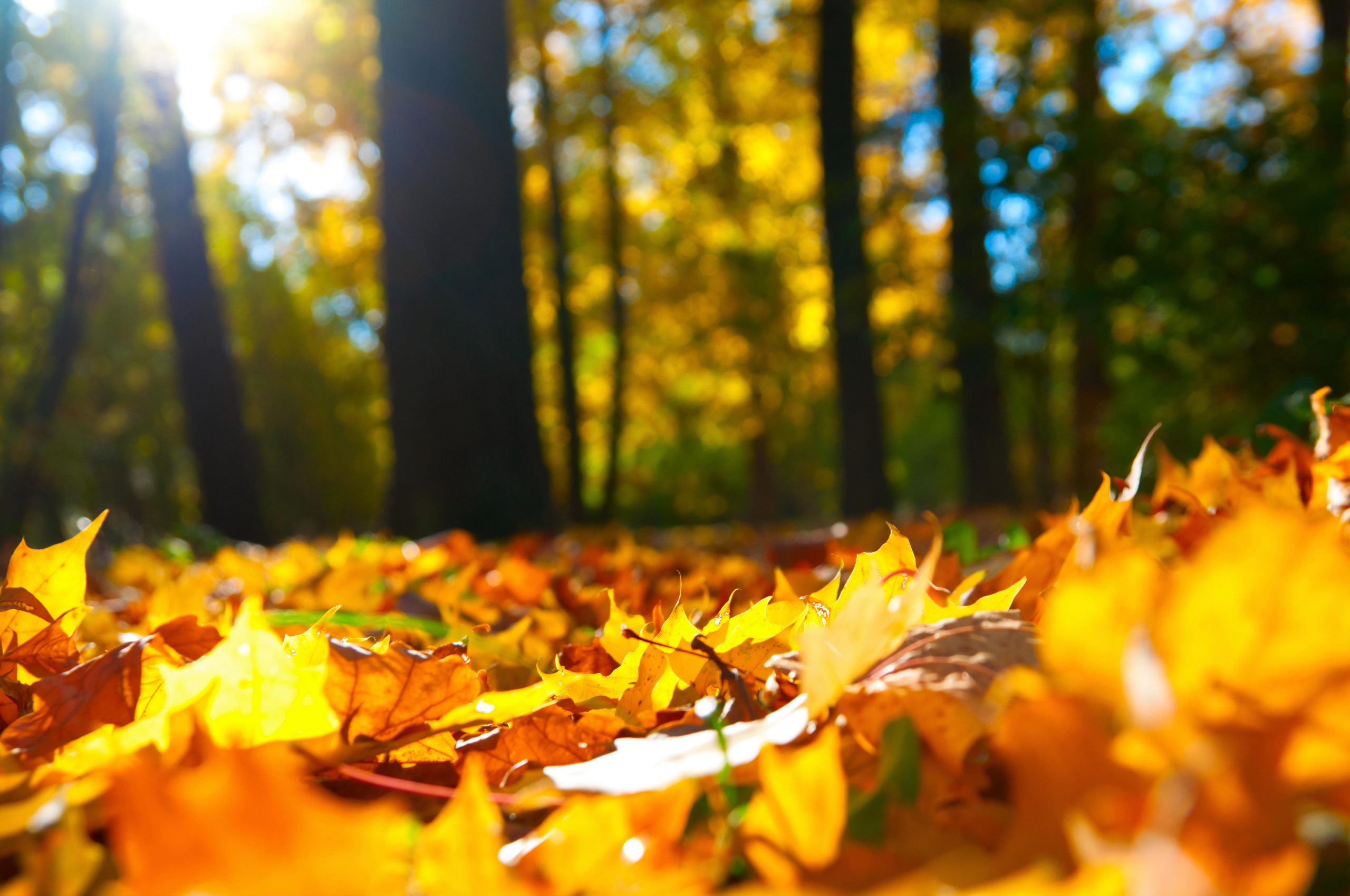Have you got the winter blues? Do you find your mood changes with the seasons? Feeling the need to hibernate or sleep more as the days grow shorter and the nights of Fall and Winter get longer? If you have answered yes to some of these questions you may be suffering with what the medical community calls Seasonal Affective Disorder (SAD). Be assured that you not alone; there are a significant number of individuals that are negatively affected by the change in seasons. A qualified health care practitioner can get you back on track with safe and natural treatments to help rebalance your body so you can once again enjoy the Winter months.
What is Seasonal Affective Disorder?
Seasonal affective disorder is defined as depression that occurs repeatedly at the same time of year, usually starting in the Fall and ending in Spring. SAD occurs in approximately 2-3% of the Ontario population, affecting more women than men. The onset of symptoms usually occurs between 18-30 years of age, and is diagnosed more frequently in Northern countries where the days get shorter and darker during the Winter months. SAD symptoms are rare in those living within 30 degrees latitude from the Equator, suggesting a role for sunlight in both prevention and treatment.
How do I know if I’m suffering with SAD?
You must have symptoms for two (2) consecutive seasons and note improvement in the Spring and/or Summer. The typical symptoms of SAD include feeling low, a decrease in energy and physical activity, inability to concentrate, depression, irritability, hypersomnia (increased sleep), change in appetite, increased craving for sweets, and you have a tendency to avoid friends and social activities. However, these symptoms are not specific for SAD and may overlap with other health problems. Diseases to rule out include generalized anxiety disorder, panic disorder, late luteal phase dysphoric disorder, chronic fatigue, adrenal dysfunction, and hypothyroidism, It is best to work with a skilled practitioner to get a complete diagnostic workup and to rule out other contributing causes to your health problems.
What causes SAD?
There is no conclusive evidence to suggest a single cause for SAD, but there are several factors which may play a role in how you are feeling. Twin studies suggest a genetic component. Scientists are also suggesting a role for melatonin in SAD. Melatonin is a hormone produced by the brain and is needed to induce sleep. Its release is normally turned on in the evening before bed to make you feel sleepy and turned off in the morning when you should be waking. It is thought that people with SAD produce too much melatonin or are hypersensitive to the hormone, making you feel like you are ready for bed all the time. Regulating melatonin production may prove effective in reducing your symptoms. Another popular theory is the ‘phase shift theory’ where your internal clock does not adjust to later dawns and earlier sunsets. This same phenomenon accounts for jetlag in travelers who cross many time zones and affects night workers who must stay awake while the rest of the world sleeps. People with SAD, according to this theory, are arising at a time when their body is insisting on sleep, with unfortunate effects on mood and energy. There is also evidence to suggest a role for nutrient deficiencies as well. Most commonly implicated are deficiencies of vitamin D (a pro-hormone made in your skin during sunlight exposure), 5-HTP (the precursor to serotonin), and the essential fatty acids found in cold water fish and flax.
What are my treatment options?
A common denominator for several of the above theories is the timing and quantity of sunlight exposure. To maximize your exposure to sunlight in the often dark days of the Canadian Winter consider bundling up and walking outdoors in sunnier conditions. An hours walk is as effective as 2.5 hours of artificial light. Keep your curtains and window blinds open during the day. cut away tree branches that may obstruct sunlight from entering your home, and sit near a window when possible. Use fluorescent lamps or purchase a ‘Light Box’ which emits a standard measure of brightness more or less equivalent to morning sunlight. Many Doctors are now recognizing light therapy as a first line treatment (instead of antidepressants) and your insurance coverage may cover the cost of a light box. Clinical trials are showing light therapy to work best before 8 a.m. with a timed exposure of at least an hours time per session. Results are usually noted within a couple days and there are no known adverse effects to the treatment. You may also consider nutritional supplementation, depending on your individual needs.
Keep in mind that although SAD is common to many Canadians, and the signs and symptoms are fairly universal, the underlying cause and subsequent treatment is considered and developed on an individual basis. There is no magic bullet for SAD. Each individual has a unique set of nutritional and lifestyle requirements, and these should be taken into consideration when attempting to treat any health care concern. Work with your Naturopathic Doctor to create a treatment plan that will help you feel better during the cold Canadian winter season.
Copyright © Inspired Life Health Centre Inc.
Reproduction of this document or any portion thereof without prior written consent is prohibited.




